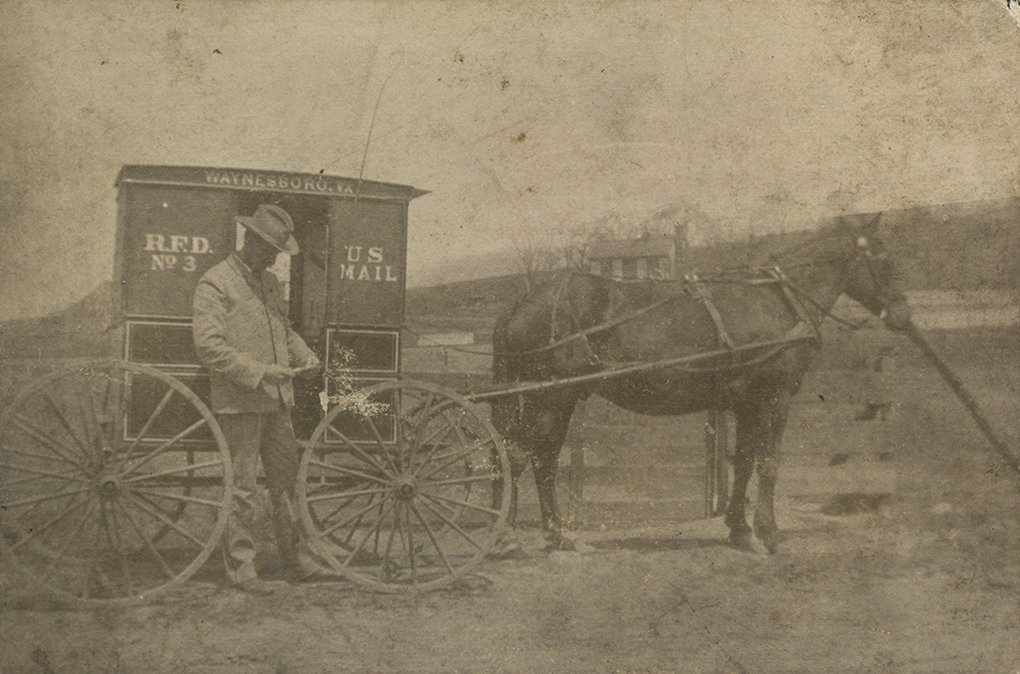Your cart is currently empty!
Waynesboro Heritage Museum | 420 W. Main Street, Waynesboro, Va. 22980
Hours: Tuesday – Saturday 10am – 5pm | Admission: Free! | 540-943-3943
Welcome.
At the Waynesboro Heritage Foundation and its museums, we preserve the history of Waynesboro, Virginia and the immediate surrounding area.
Come see us.
The Museum
The Waynesboro Heritage Museum portrays the history of Waynesboro, Virginia through permanent and rotating exhibit galleries at two museums: the Waynesboro Heritage Museum in downtown Waynesboro and the early-19th century Plumb House. Permanent panels within each gallery reiterate the city’s history, from the Beverley Grant under King George II of England in 1797, early Teasville (Teesville), Basic City, Railroads, Education, Industry, “Memorable Waynesboro”: hospitality and entertainment, a postcard gallery, and exhibits on Fishburne Drug Store, Banks of Waynesboro, and Early Entrepreneurs of Waynesboro.
Current Exhibits
The Waynesboro Heritage Museum’s permanent gallery is complemented by a newly renovated rotating modular exhibit space that allows the museum to display several temporary rotating exhibits simultaneously, as well as a new “Out of the Archives” permanent exhibit space. The following exhibits are currently on display in the rotating gallery:
- “‘Flowers on the Wall’: A Tribute to Lew DeWitt and his Music,” an exhibit in collaboration with Judy Wells DeWitt, celebrating the life and musical achievements of Lew DeWitt, from the Statler Brothers through his solo career.
- “A Century of Service,” an exhibit in collaboration with the Waynesboro Kiwanis and Rotary Clubs, celebrating 100 years in 2025.
- “Out of the Archives,” a new permanent exhibit space showcasing a rotating display of fascinating artifacts and records from out of the Heritage Museum’s archives.


Plan Your Visit
The Waynesboro Heritage Museum is located in Waynesboro, Virginia, in the beautiful Shenandoah Valley. (If you are looking for the Waynesboro Historical Society in Waynesboro, Pennsylvania, please click here.)
Admission
Always free! Donations welcome.
Main Museum Hours
- Monday
- Closed
- Tuesday
- 10:00 am – 5:00 pm
- Wednesday
- 10:00 am – 5:00 pm
- Thursday
- 10:00 am – 5:00 pm
- Friday
- 10:00 am – 5:00 pm
- Saturday
- 10:00 am – 5:00 pm
- Sunday
- Closed
Plumb House Hours
The Plumb House is fully volunteer run, and is not staffed as often during the cold fall and winter months. Please call the museum at 540-943-3943 to make an appointment to visit.
- Monday
- Closed
- Tuesday
- Closed
- Wednesday
- Closed
- Thursday
- 10:00 am – 1:00 pm
- Friday
- Closed
- Saturday
- Closed
- Sunday
- Closed
Follow us on social media…

Waynesboro Heritage Foundation
Looking for the spirit of Waynesboro? You have come to the right place.
Admission is always free.
Latest News & Events
E. I. DuPont de Nemours and Company
After producing the first skein of acetate on November 1, 1929 to make Rayon, the worlds’ first synthetic fiber, the DuPont Waynesboro plant helped Waynesboro evolve into a major Valley manufacturing town. Through 1958, the Waynesboro DuPont plant specialized in the manufacturing of cellulose acetate flake. In later years, Orlon Lycra, Nomex, Vespel, Permasep and…
Crompton-Shenandoah Company
Crompton-Shenandoah Company became a textile reality in Waynesboro in 1927. It’s parent company of Crompton Company of Crompton, Rhode Island started this branch to provide the dyeing and finishing of the gray corduroy and velveteen goods (woven fabric off the loom before any finish processing) made elsewhere. Waynesboro’s plant expanded on its site in 1936 and…
Prisoners of War at Camp Lyndhurst
Augusta County and the Shenandoah Valley were more rural in the 1940s than they are today. Farms and orchards, especially apple orchards, were numerous. Waynesboro was particularly rich with its orchards, cider and vinegar mills, canning industry and a huge storage facility. When the war broke out in Europe and our commitment to it, the…
The Last Duel in Virginia Was in Waynesboro
Dueling in Waynesboro? With pistols at 20 paces and with seconds? Yes, indeed. Dueling was outlawed in Virginia in 1810 after the famous duel between Alexander Hamilton, ex-Secretary of the Treasury and Vice President Aaron Burr. Hamilton was on the losing end of the duel and died from his wounds. However, 011 June 30, 1883,…
Claudius Crozet’s Link to Waynesboro
What a good fortune for us that Claudius Crozet chose to live in Virginia and for Waynesboro to benefit from his many talents. They called him “genius”, “Pathfinder of the Blue Ridge Mountain” and Thomas Jefferson proclaimed him to be “the best mathematician in the U.S.” Benoit Claudius Crozet was born in 1789 in Villefranche,…
General Jubal A. Early
Jubal Anderson Early was born November 3, 1816 in Franklin County, Virginia. He was the third oldest and second son of ten children to Joab and Ruth Early. In keeping with family tradition he was named after a biblical character (Genesis 4:21). His father raised tobacco in the Red Valley area of Franklin County, Virginia.…



















